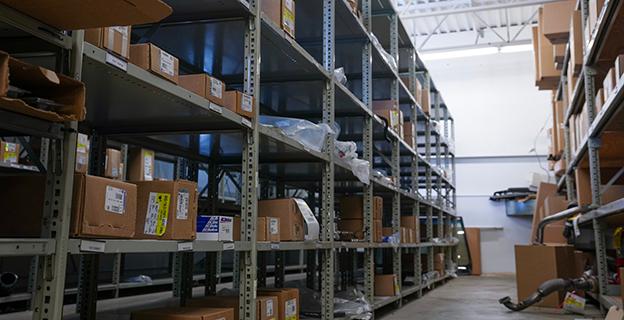4 Min Read • January 3, 2025
Communicating Long Car Parts Delays With Service Customers

Your Service department is likely accustomed to auto parts delays that stretch far longer than in days past. While many supply chain issues have been resolved, there are still plenty of companies struggling to deliver in a timely manner. But your customers are likely unaware of the current state of affairs when it comes to parts. While there’s little you can do to speed up a shipment or a backlog of repairs, you can do a few things to appease frustrated customers while they wait.
Be Open About the Delay
First, relay the news in a gentle, empathetic way. A parts delay can be a major inconvenience for customers, particularly when their vehicle is out of commission until the repair can be made. Instruct your Service Advisors to be honest about how long the delay will be and the reason for it. These delays can often be traced back to a variety of supply chain issues like disastrous weather and labor strikes at factories or ports of entry, some of which your customers may be familiar with and understand.
It’s also a good idea to share with customers any efforts the dealership has made to try to solve the problem, as customers tend to appreciate transparency and a willingness to fix an issue.
Communicate Regularly With Your Customers
You should do all you can to keep your customers informed of progress. Let them know you'll be updating them and follow through on that promise. People need to hear regular updates from their Service Advisor while they wait for parts to arrive or for the Technicians to make the repair.
Dedicate a member of your team to call customers once a week, even if you don’t have any news. You can also ask if the customer would prefer text messages, which could save your team time. Depending on your DMS functionality, you may also be able to automate these updates, where the system sends a message when a part comes in or when their vehicle’s repair status changes.
If Possible, Let Your Customers Use Their Car
Ultimately, your customers just want a safe car to drive. If the car’s problem doesn’t impact safety or mobility, it’s in everyone’s best interest to allow the owner to continue to use their vehicle until a fix is available. This way, they won’t be inconvenienced further or have to use a loaner, and you won’t have to worry about storing their vehicle on the lot or providing alternate transportation.
If all signs point toward a lengthy delay, consider offering customers a prepaid fuel card or the option to come in regularly for a free car wash. Compensations like these won’t cost much, and they’ll show customers that you care about their dealership experience even when you have no control over the circumstances.
Offer Customers Alternative Transportation
Should a parts delay prevent a customer from safely driving their vehicle, a loaner is a great way to build customer loyalty. This gesture may also have a positive impact on your sales, too, as around 86% of buyers recently surveyed by CDK noted that a 24-hour test drive in a loaner car convinced them to buy that model.
Granted, those people were in the market to buy and chose which vehicle they wished to test but who knows? Perhaps the customer will like their loaner enough to decide it’s time for a new car instead of waiting for their old one to be repaired.
You may already use rideshare services to get customers to and from your Service center. If it looks like you’ll need to keep the customer’s vehicle for a few days to complete the repair but you don’t have loaners available, you could offer them a gift card for more rideshares or reimburse them for a rental car.
Plan Ahead
While many parts-related delays arise from unforeseeable circumstances, the cleverest dealerships will anticipate a shortage and stock up on commonly needed parts. For instance, strikes aren’t typically organized in a day and massive recalls don’t come out of the blue. Stay on top of industry news and regularly read customer and dealer forums about problems people are facing with their cars so you can prepare for the worst and serve your customers promptly.
Also, now that vehicle inventory levels are returning to normal, it’s a good time to replenish — or revive — your loaner fleet.
Share This









